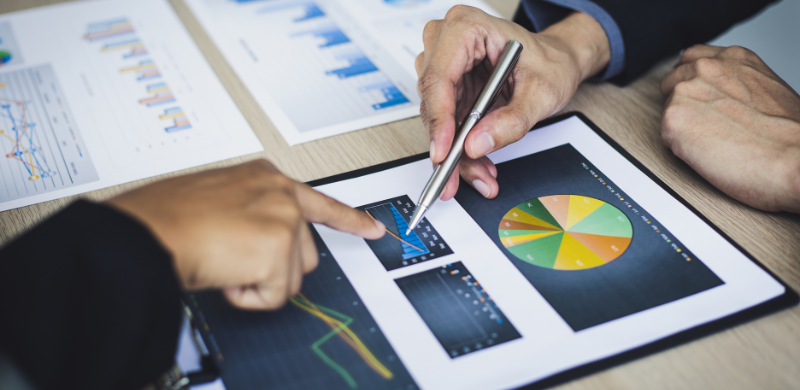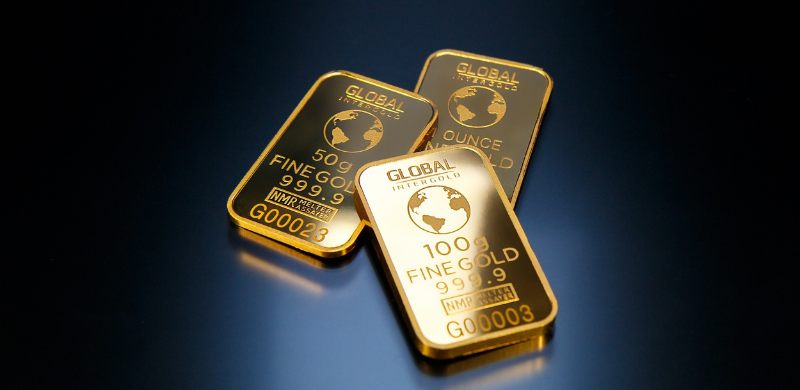The Best Investment Options for Senior Citizens
The Best Investment Options for Senior Citizens
With the incredible availability of investing today, many people, both young and senior citizens, have been looking for a way to make more money while slowly heading into retirement. Now, there are many different ways and methods to go about investing in general, like low-risk, low-return investing; retiring with a crypto portfolio; and much more. However, there’s no such thing as an ideal portfolio, yet many are looking around for a way to make the most out of their working years as a senior citizen.
To learn more about what your investment options are as you slowly head towards retirement, continue reading.
Why Should Senior Citizens Invest?
Although it’s difficult to strictly define who classifies as a senior citizen, the age group generally encompasses people who have 5-10 years left before retirement. There are many reasons why a senior citizen should invest, but the primary ones are:
- Minimizing risk
- Ensuring present and future financial stability
- Beating inflation
- Building wealth for your family and inheritance
Coupling investment with social security is also another big benefit that senior citizens have over their younger counterparts. Something that will almost certainly make your investing journey significantly better is a Senior Citizen Savings Scheme (SCSS). It’s one of the highest return portfolios a senior citizen can enjoy, and you can participate in it with a one-time deposit or fixed deposits. Some retirees have also been reaping the benefits of investing in precious metals and commodities, like gold, silver, and oil. Before going into it, consider understanding the factors that influence the price of gold.
Now, we’ve made it abundantly clear that investing is beneficial for everyone—senior citizens included. Now, let’s go over some important factors of the investment journey of a senior citizen and cover important topics like risk, retirement, and diversification.
Ideal Factors of an Investment for Senior Citizens
With their working days ending and retirement being within reach, senior citizens should have stricter criteria when it comes to putting their money into investments. Long gone are the days when one can gamble away their wealth and then be physically and mentally prepared to earn it all back. Thus, senior citizens can’t afford to risk too much, as their primary income is their monthly retirements—in most cases at least.
These are the factors that a senior citizen should look for in any investment if they’d like to retire comfortably:
- A low-risk profile
- Focusing on “value investing”—generally with dividends
- Maximizing diversification and minimizing the potential for losses
So, it’s safe to say that the ideal portfolio for a senior citizen would carry the smallest number of potential risks, and is probably based on low-risk, low-return investing. Now, there are many ways to go about such a portfolio, though it would be worth taking a look at mutual funds for senior citizens. In the paragraphs below, we’ll go over the details of an investment a senior citizen should make.
Additionally, take a look at How Much Should You Save for Retirement in the US?
Best Investments for Senior Citizens
Now with the basics out of the way, we know that senior citizens and retirees should go for something with a low-risk profile while making sure that their money is safe and their portfolio is slowly growing. Some of the best ways to go around this is investing in mutual funds for senior citizens, with index funds and ETFs being a primary focus. An example portfolio for a senior citizen should be an 80/20 portfolio, looking like this:
80% of the portfolio should consist of stable distributing or accumulating ETFs. Examples include:
- An S&P 500 ETF, like VUUA
- An All-World ETF, like IWDA
- A high-dividend ETF, like Fidelity’s FDVV.
20% of the portfolio should consist of “fixed income” assets such as bonds. For example:
- Vanguard’s Total Bond Market, i.e. BND
- Schwab 5-10 Year Corporate Bond ETF – SCHI
In recent years, there are some financial experts that take a more aggressive approach regarding investing for retirement, saying that crypto should also take a big part of an investor’s portfolio. While we can all agree that cryptos do have a bright future ahead of them, they’re generally not thought of as the safest investments, as they carry many potential risks. If you do want to include crypto in your portfolio, consider allocating no more than 10% of your money to it before understanding how cryptocurrency works.
There are some senior citizens that would also like to dabble in forex trading and take a more active approach toward building wealth for retirement. Before entering the world of forex, consider checking out our list of the top forex trading brokers.
Government Investment Schemes
If you don’t want the hassle of managing your investments yourself, you can also take a look at some of the most popular government investment schemes which are specifically designed as being one of the best investments for retirees. In addition to the SCSS we mentioned above, you should also take a look at:
- The MIS (Monthly Income Scheme) An individual account that offers a 7.3% annual return.
- The ELSS (Equity-Linked Savings Scheme) A high return scheme that offers tax-free profits.
- The NSCs (National Savings Certificate) A fixed income scheme that is primarily designed for government employees, businessmen, and business owners.
These are the available options in most US states, but you may also save some extra cash by retiring abroad.
Conclusion
In conclusion, we can safely say that senior citizens should definitely look to invest while slowly heading into retirement, or even if they are in retirement. We’ve gone over the different ways one can go about investing as a senior citizen, though we would mostly recommend sticking to the safest options possible—like ETFs, fixed income assets, and crypto in some cases. You can also consider dabbling in forex, but not without regularly having forex technical analysis by your side, as well as other important tools to help you in your journey.
Long story short, we think that the senior years of a citizen are just as good as any other ages for investing. Although their working days are over, it doesn’t mean that senior citizens shouldn’t reap the benefits that investing has to offer.










